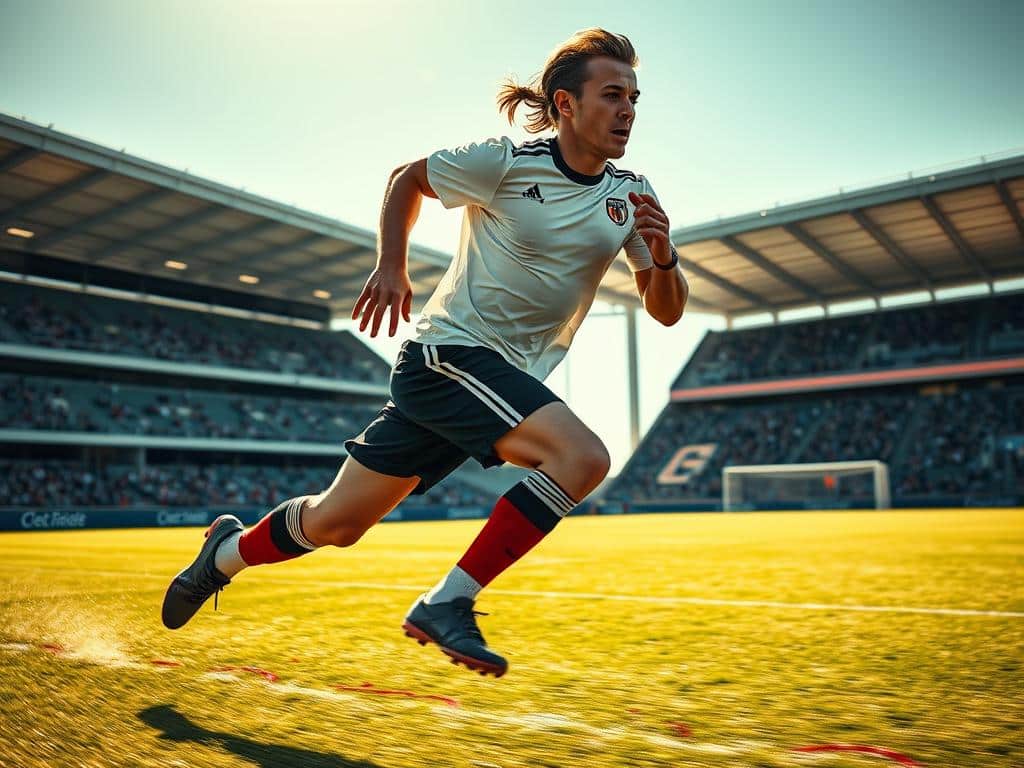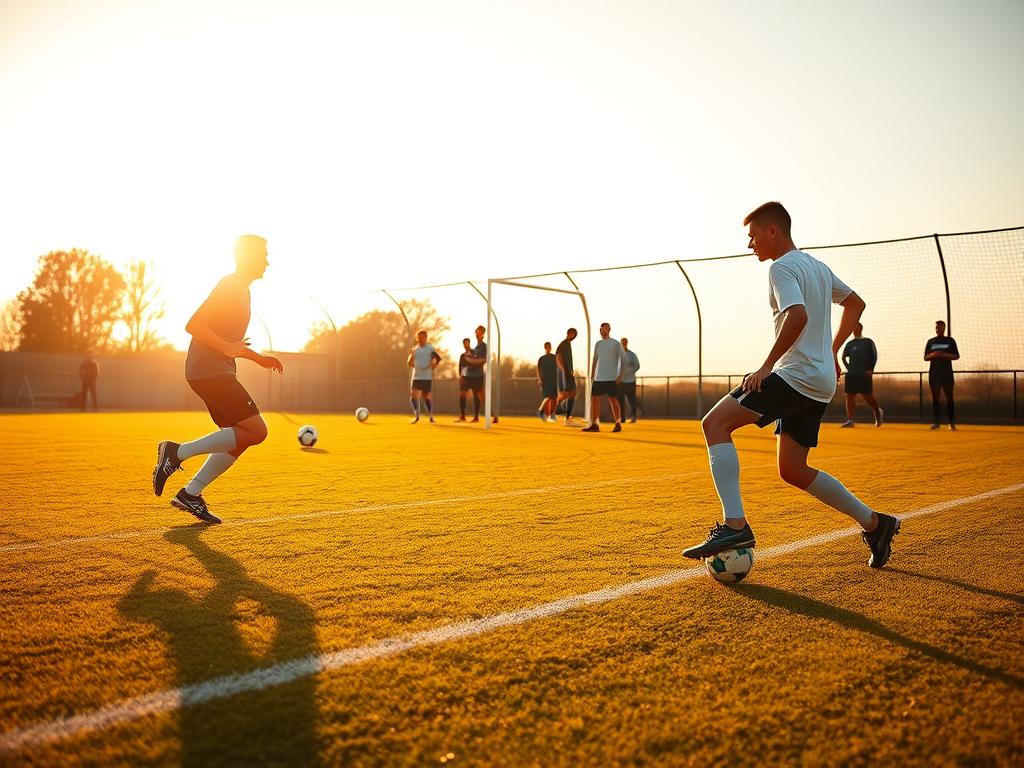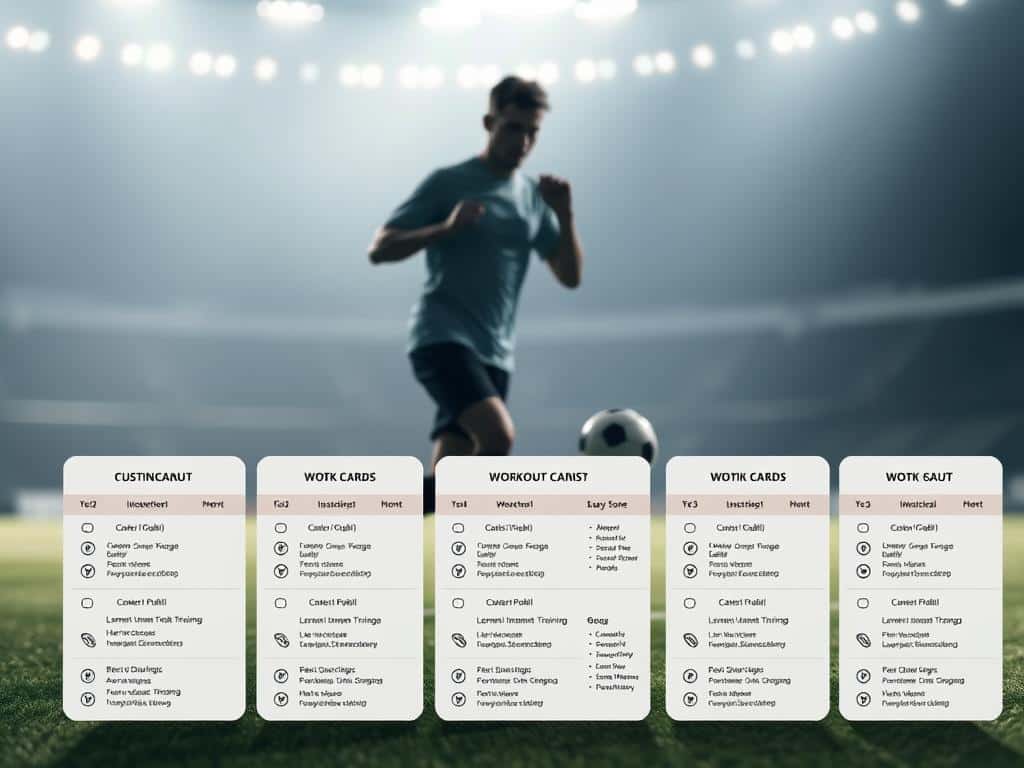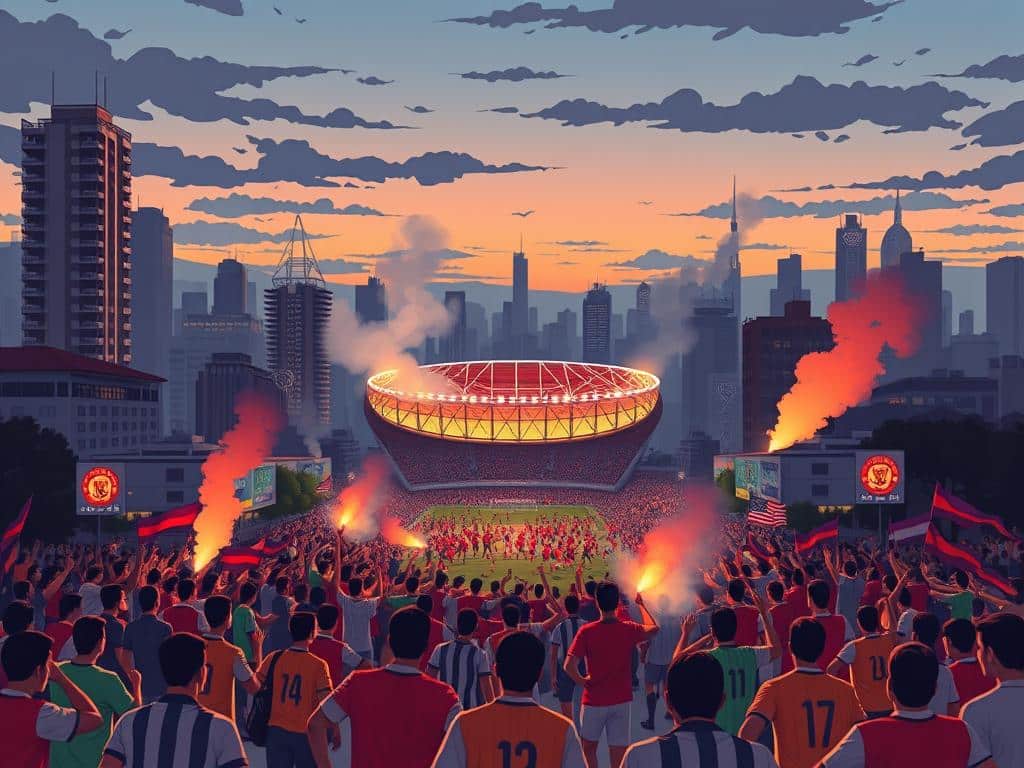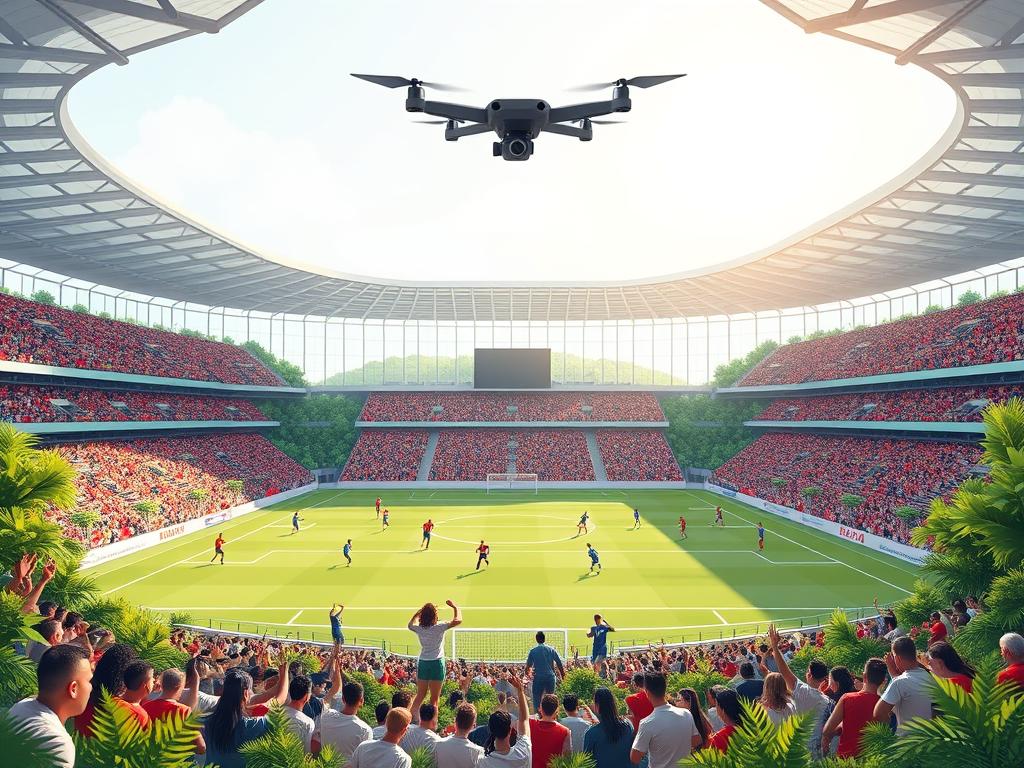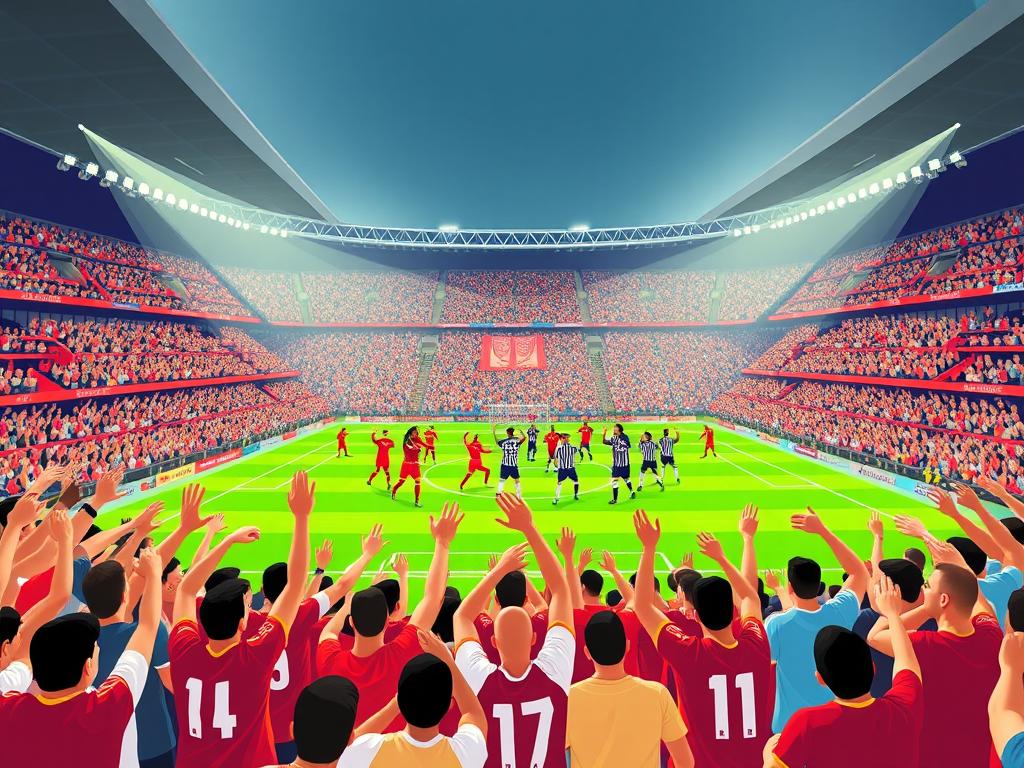Players often run 7–9.5 miles in a match — and that endurance changes the game. That stat shocks many fans and proves one thing: speed links dribbling, passing, and finishing into real advantage. Want faster soccer moments? This guide lays out a clean, practical path.
We’ll cover the three pillars of speed: force production, acceleration, and top velocity. You’ll see drills that matter, like uphill runs, stadium stairs, flying efforts, and ladder work with the ball. These are not warmups — they are game tools.
Expect smart session plans, clear cues, and progressions that help athletes build pace and keep touches sharp under pressure. Training that boosts sports performance also reduces injury risk and keeps players effective late in matches.
Key Takeaways
- Speed ties all soccer skills together; it creates separation and chances.
- The three pillars are force, acceleration, and top velocity.
- Use targeted drills with and without the ball for real transfer.
- Blend conditioning and speed work to finish matches strong.
- This guide gives practical steps coaches and players can apply now.
What “soccer speed” really means in the modern game
Speed in today’s football is more than running; it’s control, reaction, and choice under pressure. That simple idea splits into four clear abilities that shape every play and every breakaway.
Pure, technical, reaction, and mental speed explained
Pure speed is the raw burst from A to B, with or without the ball. It creates separation and wins races for loose balls.
Technical speed is handling the ball at pace. Quick touches, tight turns, and changing direction keep control while you accelerate.
Reaction speed shows when a player reads a teammate or opponent and moves instantly. Simple cue-based exercises sharpen this ability fast.
Mental speed is deciding under pressure. Faster thinking means better passes, smarter runs, and cleaner finishes late in the match.
Why conditioning matters when players cover 7–9.5 miles per match
Endurance lets athletes repeat high-velocity efforts without losing form. Players who lack endurance see poorer touches and slower decisions late in games.
- Train fast-twitch qualities about three times per week.
- Use cue-based starts (clap or shout) for reaction work.
- Blend ball work and speed drills so practice mirrors match demands.
| Component | What it does | Sample focus | On-field benefit |
|---|---|---|---|
| Pure | Raw velocity A→B | Short sprints, resisted runs | Separation on counters |
| Technical | Ball control at pace | Dribbling at speed, tight turns | Maintain possession while running |
| Reaction | Responding to cues | Cue starts, partner signals | Faster first-step and recovery |
| Mental | Decision-making | Small-sided games, scanning | Smarter runs and passes late game |
How to increase sprint speed in soccer: pillars, mechanics, and cues
Speed on the pitch isn’t random — it rests on force, acceleration technique, and clean maximum-velocity mechanics. These three pillars link strength, movement, and timing so gains transfer to matches.

Relative force production and plyometrics that translate to the field
Relative force is output versus bodyweight. Athletes who jump higher run faster. Use horizontal plyos for push-back power and vertical plyos for stiffness and vertical force.
Triphasic approaches and loaded hops build usable strength. Keep reps low and quality high so the nervous system learns sports movement.
Acceleration mechanics: forward lean, positive shin angle, powerful first steps
Get the golden position: forward lean and a positive shin angle. Punch the ground and take big, decisive steps. Drive the knee and snap the foot under the body.
Maximum velocity mechanics: frontside dominance and vertical force
Top speed favors tall hips, quick turnover, and short ground contact. Avoid excessive backside swooping. Train form fresh, then add fatigue so the body holds posture late in games.
- Keep cues simple: eyes up, ribs down, arms compact.
- Blend strength work with technical drills for lasting gains.
Field-tested speed drills and progressions that make players faster
Try field drills that translate straight to match moments—short, sharp, and repeatable.
Start with acceleration work. Use falling starts (rise on balls of the feet, lean, then drive), half‑kneeling starts (positive shin angle, explode), and a cone start/stop set with five cones spaced 5 yards apart over 25 yards. Begin in a two‑point stance, accelerate, decelerate around each cone, then re‑accelerate.
For top mechanics, cycle A‑skips and B‑skips, add straight‑leg bounds, and single‑leg high‑knee reps. Keep cues tight: tall hips, quick pull, soft foot contact.
Mix plyos: power skips for height and distance, single‑leg broad jumps (double/triple connections), single‑leg box jumps, and continuous tuck jumps to cut ground contact time.
Use terrain: short uphill sprints build stride power; stadium steps mimic that if hills are missing. Add flying sprints once form is clean to link acceleration and top velocity.
- Sprint‑backpedal repeats and start‑stop with audible cues for reaction work.
- Zig‑zag and figure patterns to practice direction change at pace.
- Push‑start variations, dynamic suicides, and bounce/hop ladder drills with a ball for skill transfer.
| Drill | Purpose | Key cue |
|---|---|---|
| Falling starts | Groove forward lean and first step | Lean, drive through balls of feet |
| Cone start/stop (5 cones, 5 yd) | Decel + re‑accel like match play | Short brakes, quick re‑drive |
| Power skips (height/distance) | Vertical vs horizontal power | Explode, pull with glutes |
| Stadium stairs / uphill sprints | Stride power and endurance | Long strides, maintain posture |
Build your weekly speed training sessions
A smart microcycle blends short accelerations, power work, and light technical days. This keeps quality high and legs fresh. It also helps players hold form during match moments.

Sample microcycle and session flow on the field
Use a simple weekly map. Day 1: acceleration and horizontal plyos. Day 2: recovery or light technical work. Day 3: maximum velocity and vertical plyos.
Day 4: strength or support work. Day 5: blended work with the ball. Finish with match prep and a short cooldown.
Coaching cues, timing, and rest to reduce ground contact time
Teach forward lean, positive shin angle, and frontside mechanics. Cue compact arms and quick foot snaps.
Keep rest long enough so each rep is crisp. Quality beats volume. Use timing tests like flying 10s to track performance.
Safety, load management, and season adjustments
In-season, cut volume and keep intensity. Off-season, build capacity with extra reps and strength work. Mix light tempo runs and occasional hills, but protect key sessions.
Scale sessions for different levels and monitor soreness. For injury resources, coaches should consult prevent and treat injuries.
| Day | Main focus | Example drills | Key rest |
|---|---|---|---|
| Day 1 | Acceleration, horizontal power | Falling starts, bounds | 2–3 min between reps |
| Day 3 | Max velocity, vertical power | Flying sprints, skips | 3–4 min between efforts |
| Day 5 | Blended field work with ball | Short runs with possession drills | 1–2 min, preserve quality |
| Midweek | Recovery / strength | Tempo runs, gym support | Active rest |
With-the-ball speed and game transfer
Keeping the ball close while moving fast separates good players from great ones. Work that links touch, quick feet, and decision cues builds usable pace during matches.
Bounce and hop ladder drills with the ball blend agility and control. These exercises sharpen footwork and force lighter touches at pace.
Layer reaction work next. Use visual cues—lights, claps, shouts—to demand instant choices. Then attack space on the next touch.
- Set gates or lanes for through‑ball runs and finish with a shot or pass.
- Run short races (10–20 yards) for starts and longer reps (30–40) for rhythm.
- Mix start‑stop and sprint‑backpedal combos to mimic defense and transition.
Train three times per week to target fast‑twitch and reaction. Keep mechanics honest: frontside knee drive, tall posture, and light touches that don’t slap the turf.
| Exercise | Purpose | Key cue |
|---|---|---|
| Bounce ladder + ball | Foot speed with control | Short, soft contacts |
| Visual cue sprints | Decision speed | React, then attack space |
| Start-stop race | Acceleration quality under pressure | Explode, decelerate, re-drive |
| Sprint-backpedal combo | Recovery and direction change | Hips organized, quick turn |
Bring it to the field today
Bring it onto the field today. Warm up, then run two accelerations (falling starts, half‑kneeling starts), two mechanics reps (A‑skips, straight‑leg bounds), and one plyo (power skips). Keep each rep sharp and short.
Add one reaction option: clap start, sprint‑backpedal, or a quick zig‑zag. If you have stairs or a hill, finish with 1–2 light sets for power and endurance. Keep form clean so athletes leave ready for the game.
Touch the ball with a bounce ladder series into a through‑ball run. Film one 20‑yard sprint and one with‑the‑ball run weekly and compare posture, steps, and touch quality.
Pick three go‑to drills from this guide, repeat them weekly, and make training fun with team races. Small wins stack into real sports performance gains.

